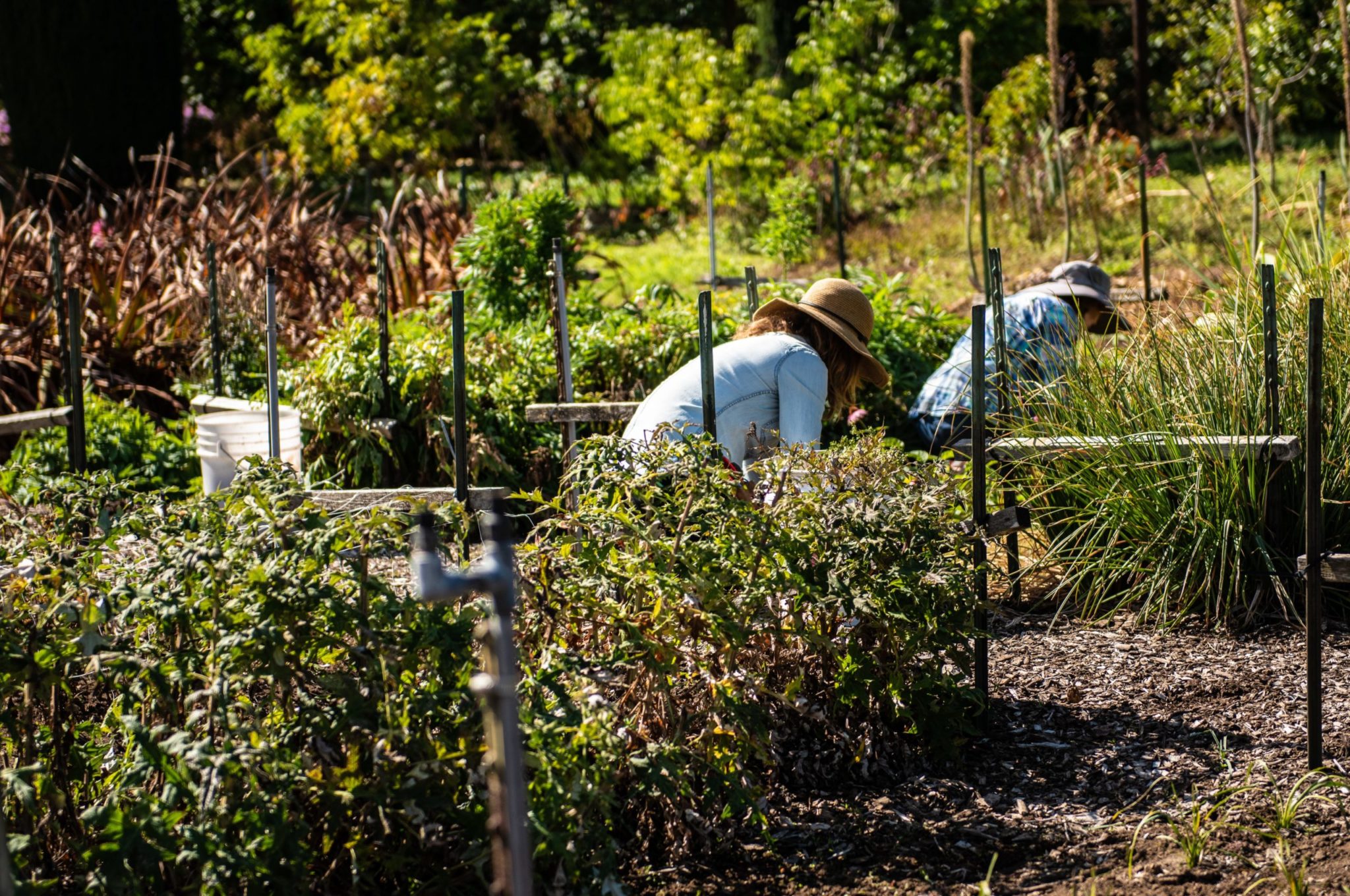Gardening For Victory: Direct Sow for Fall

This blog is the third installment of our Filoli “Gardening for Victory” series, which offers tips, tricks, and encouragement to all you aspiring home gardeners. Today, we’ve got some advice about how to sow seeds for your Fall garden.

Behold the power of the seed! Sowing seeds directly into the soil is a low-cost and effective way to grow abundant flowers and veggies. Some crops even prefer to be started from seed in the ground and do not do well when transplanted from pots. Here are some “direct sowing” tips from Filoli’s horticulturists:
Choose your seed
There are many crops that can be sown in early August for late summer or fall harvest. Root crops such as carrots, beets, parsnips, turnips, and radishes are best grown by direct sowing. Peas and winter squash are also good candidates, given their large, easy to handle seeds. For greens, try spinach, arugula, and broccoli raab. Bachelor’s buttons and love-in-a-mist are easy-to-sow flowers to brighten your patch and charm you in arrangements.
Prepare the soil for seeding
Delicate spouting seeds will struggle to compete if aggressive weeds are present. Weed your planting area thoroughly, and try to remove weed roots. Then amend the soil by spreading a couple inches of compost over the planting area and mixing it into the soil. As you loosen the soil, how deep you need to go will depend on how hard the soil is and what crop you are planting. If your soil is very compacted or you are planting a root vegetable like carrots or turnips, fork the soil to at least 12 inches. This is also a good time to add an organic, granular, slow release fertilizer, following the rate indicated on the label.
Plant your seeds
Create a very shallow furrow to mark where you will sow your seeds, then moisten the soil. If you have a drip irrigation system, pin the irrigation tubing into place along the furrow and run the system for a few minutes – then use the wetted spots as markers for where to sow the seed. Read the information on your seed packet closely to learn how deep to plant your seeds and how widely to space them. A general rule is to sow the seed at a depth approximately 2-3 times its width. Sprinkle or drop the seed into the furrow, cover to proper depth, and tamp lightly with your palm so they are snugly in place.
Water your seeds
After planting, thoroughly saturate the soil, watering lightly to avoid washing away your seeds. Until the seeds germinate, water regularly – when sowing in summer, it is especially important to keep the soil from drying out.
Thin and defend your seedlings
Once your seeds sprout, you’ll likely find you have more tiny plants than space in your row. You can use scissors to carefully thin your seedlings without disturbing the roots of their neighbors. Pull weeds as needed to give your seedlings a leg up. Look for signs of slugs, snails, and birds, and defend your seedlings from harm!
Get started by Visiting Filoli! Find inspiration in the Garden and stop by the Clock Tower Shop for seeds, plants, and gardening gear!
